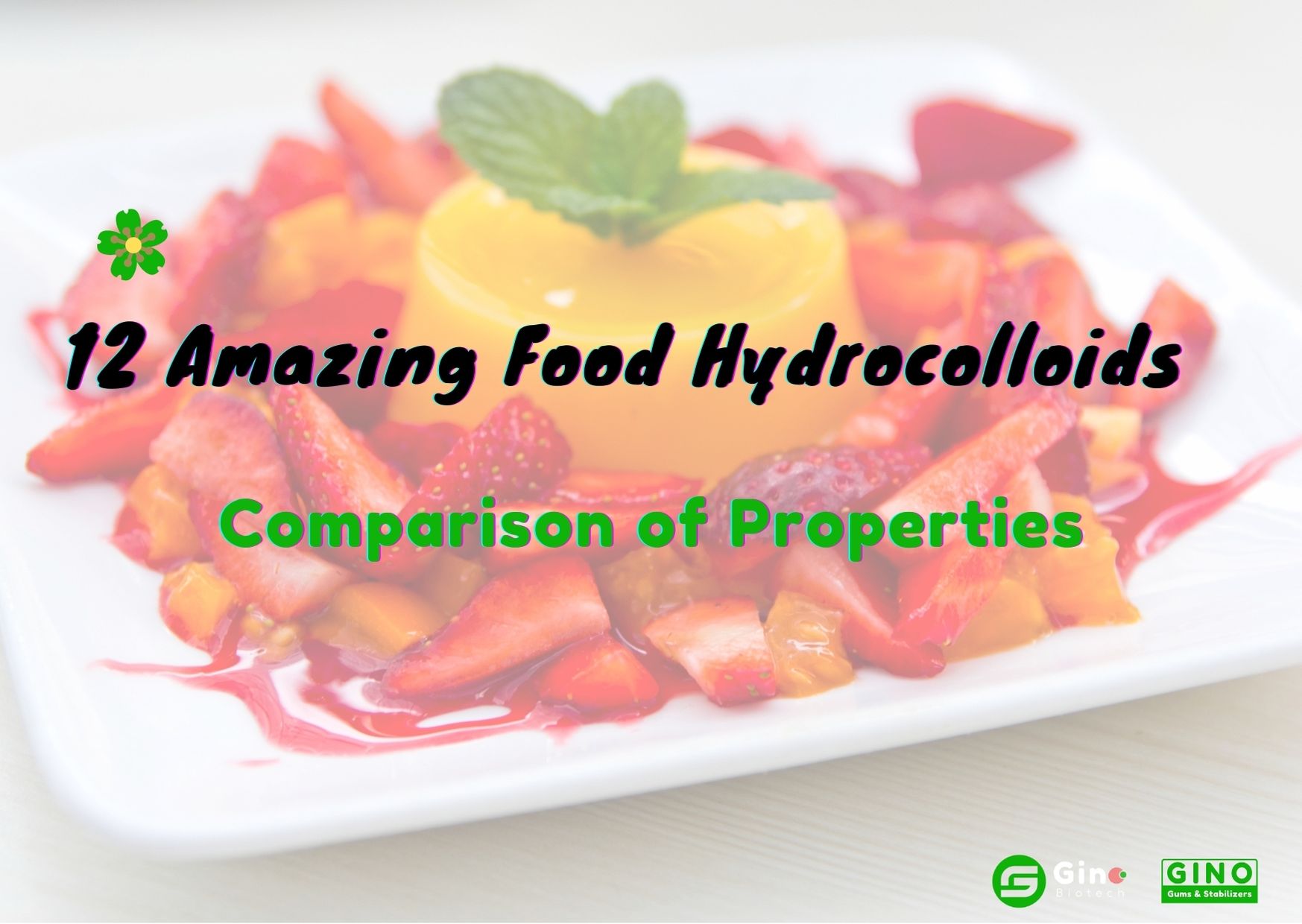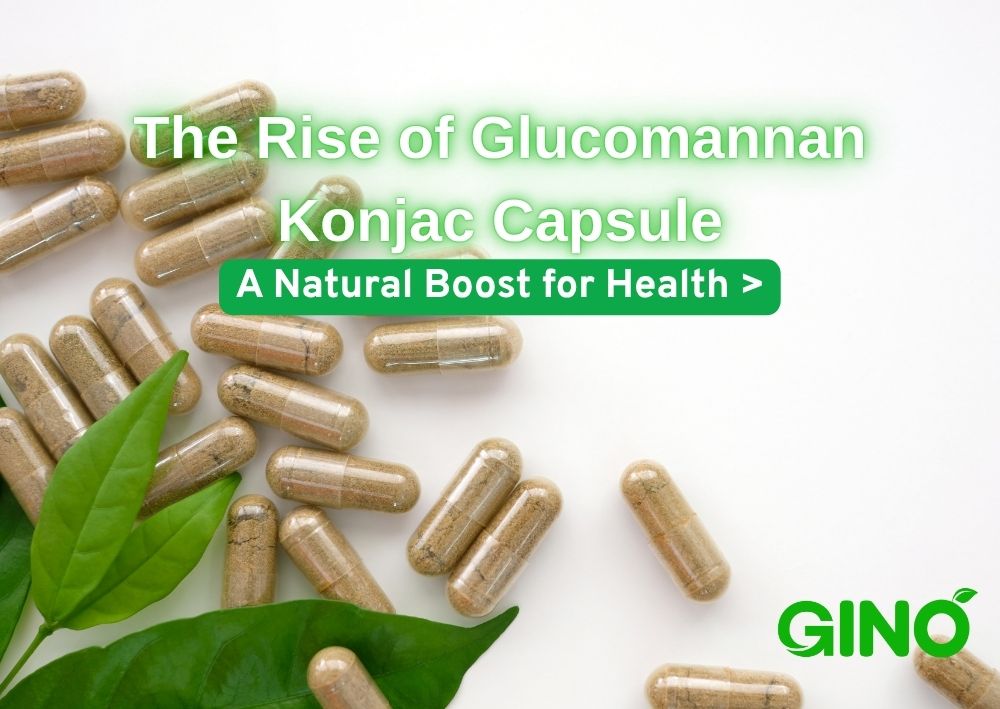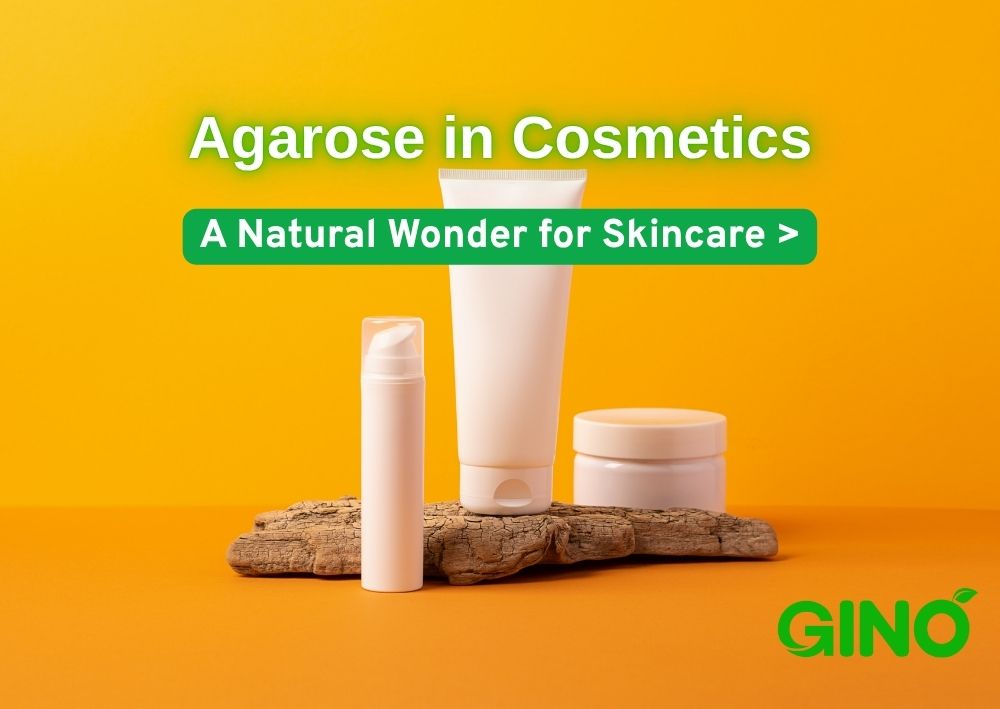
The 4 Major Differences Between Carrageenan and Konjac Gum You Should Know
Carrageenan and Konjac Gum
Abstract:
Carrageenan and konjac gum are both natural food additives, often used as gelling agents in ice cream, jelly, soft candy and other kinds of food.
These two edible gums/hydrocolloids, one from native plants and the other from seebased plants, are often used as gelling agents, but each has its own characteristics in terms of structure and properties.
Do you know the differences between Carrageenan and Konjac Gum?
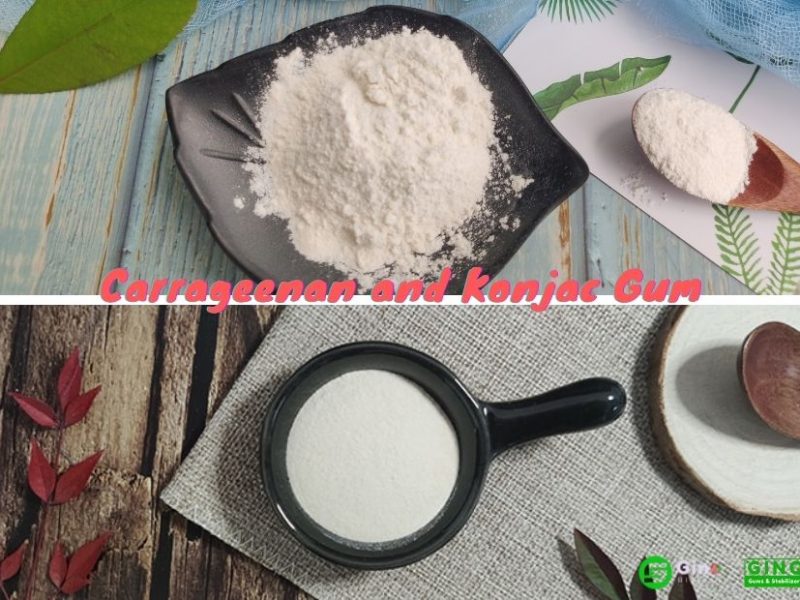
No.1 Different Sources
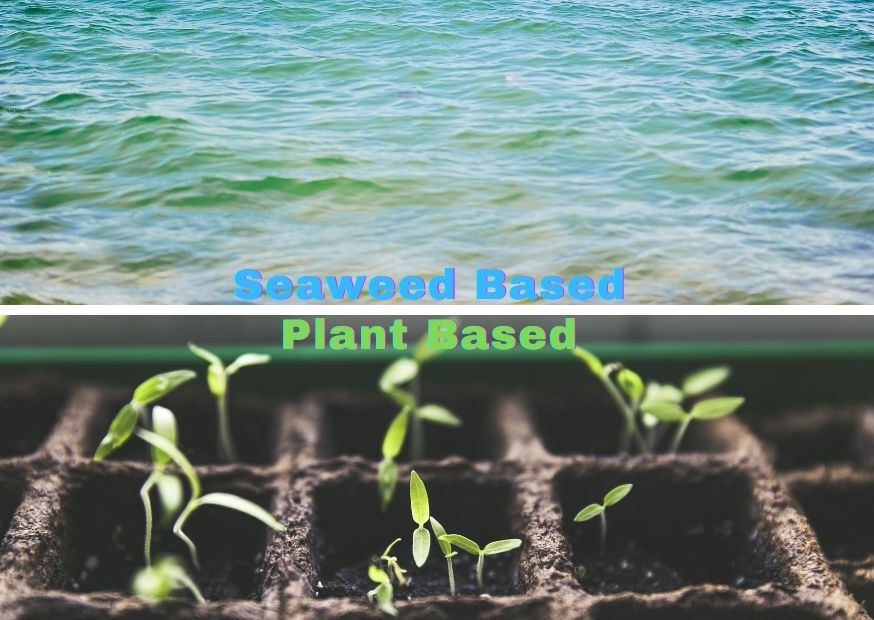
- Carrageenan comes from marine plants and is a hydrophilic gel extracted from seaweeds of the Eucheuma (kappaphycus), Chondrus, Gigartina and Hypnea species, and it is classified as a seaweed-based hydrocolloid.
Konjac gum comes from native plants and is a product of konjac of the genus Konjac of the family Tenascus, which belongs to plant-based hydrocolloid.
No.2 Different Structure
Carrageenan is a straight-chain polymer formed by D-galactopyranose as the main structure, alternately connected with sulfate metal salts and endoether galactose.
Konjac gum contains about 50-70% of glucomannan, the rest is starch, glucomannan is D-mannose and D-glucose polymer.
No.3 Different Properties
The gel formed by carrageenan is thermally reversible, that is, the carrageenan solution is cooled to form a gel, and the gel melts when heated, and then cooled to restore the gel state.
The glucomannan in konjac gum can form a high-strength thermal irreversible gel under alkaline conditions, once the gel is formed, heating cannot melt.
No.4 Both Defects
Carrageenan gels are less elastic, more brittle, fragile, and easily “Syneresis”.
Although it has the advantages of low concentration required for gelation in the presence of potassium or calcium plasma and good transparency, its application is limited by these defects.
The gelation conditions of konjac gum are difficult, requiring a concentration of 2% or more and pH > 9 (i.e., strongly alkaline) in order to be able to gel. And forming a gel requires a large amount of added konjac gum, which leads to a salty and astringent taste when used in alkaline foods, and the taste is not good, so it is not popular.
- Synergy Effect
Although both konjac gum and carrageenan gum have their own defects, but the two have a strong synergistic effect.
Under neutral and acidic conditions, an elastic and thermo-reversible gel can be formed by properly compounding carrageenan with konjac gum.
And the gels formed also have the characteristics of less gelling agent required, high gel strength, low syneresis rate, etc., which has good application value in the food industry.

Conclusion
| Carrageenan | Konjac Gum | |
| Source | Seaweed based | Plant based |
| Structure | Straight-chain polymer | Glucomannan, Starch |
| Properties | Thermally reversible | Thermo-reversible gel under alkaline conditions |
| Defects | Less elastic, more brittle, fragile, and easily “Syneresis” | Difficult gelation conditions: High concentration, pH, use level |
The above content is only a simple comparison of the source, structure, properties and other aspects of the difference between carrageenan and konjac gum, more content can be on the product details page or consult our staff.

